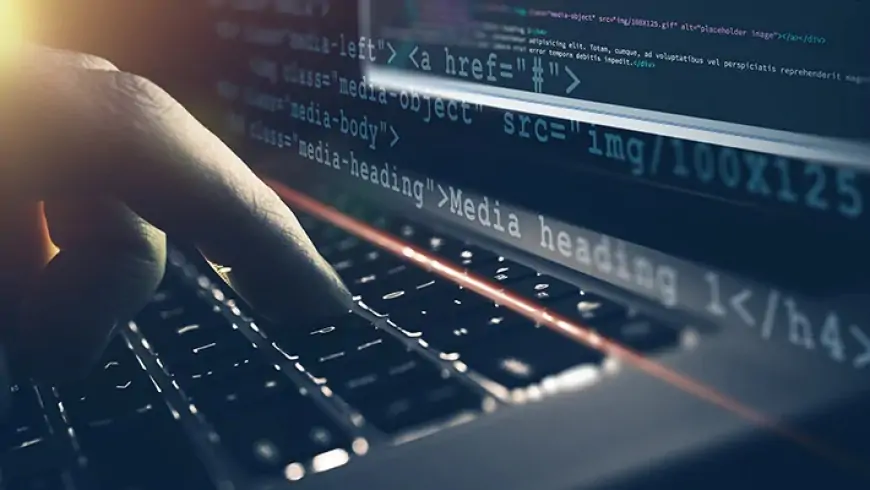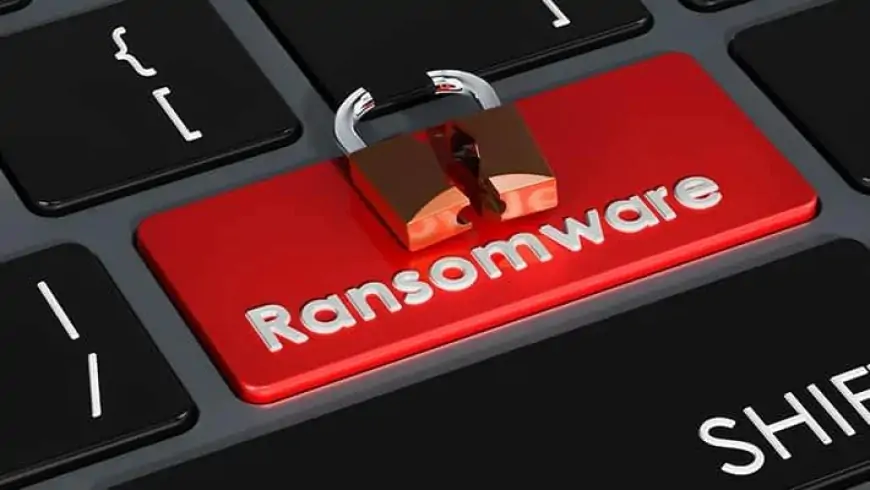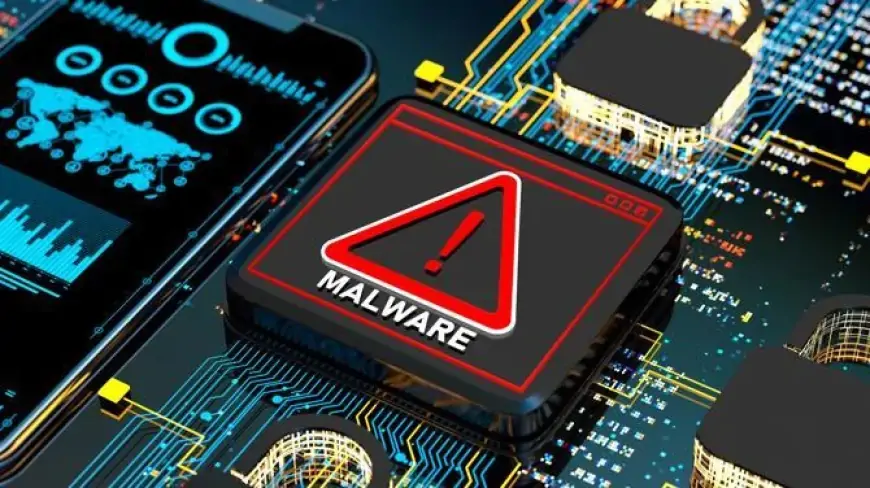5 online threats to you and your business: A guide in 2024
Discover the top 5 online threats to your business and personal security. Protect your data from cyberattacks and safeguard your online presence.

In the realm of online business and presence, prioritizing safety is paramount. Cyberthreats aren't exclusive to major corporations; even small businesses face risks. From viruses to phishing, neglecting online safety is no option. Yet, with proper knowledge and security measures, you can shield yourself. Here are the primary five online threats individuals and small businesses confront.
Ransomware

As mentioned earlier, ransomware is a malicious software that limits computer access or file usage. It displays a demand for payment, known as a "ransom," to lift the restriction and restore access.
The two primary ransomware attacks include Lockscreen, where a message on the screen blocks computer access, and Encryption, which encrypts files, preventing access. A subsequent message demands payment to regain access or decrypt the files.
Preventing ransomware: Effective prevention methods
As per recent findings by The New York Times, ransomware has democratized cybercrime, enabling non-experts to engage in theft. To mitigate risks, regularly back up data using external drives or cloud-based solutions. Avoid paying ransoms, as these demands typically originate from fake sources, with no guarantee of system access restoration even after payment. For additional preventive measures, refer to our past blogs, or prepare for worst-case scenarios with our recommended action plan.
Malware

Among cyber threats, malware stands out as the most recognized. Short for "malicious software," malware encompasses any software designed to harm, steal, or obliterate data, including viruses, Trojans, worms, spyware, and ransomware. With nearly a third of the world's computers affected by malware, the concern is justified.
How does it happen?
Primarily through email, accounting for 92% of reported malware incidents, as per Safety Detectives. Often disguised as attachments, malware can also be downloaded from untrustworthy websites. Viruses, a common form, wreak havoc by spamming, disabling security settings, and stealing or deleting data.
What does it do?
Malware infiltrates and duplicates sensitive data, spreading rapidly. With over 350,000 new malware programs daily, according to the AV-Test Institute, many are modified versions to evade detection.
How can I prevent it?
While basic antivirus software provides some protection, a comprehensive security program with multiple layers is advisable. Exercise caution with email attachments and downloads, and consider using reputable ad-blockers. For detailed protection strategies, consult reliable sources like TechRadar.
Phishing

What is it?
Similar to the method of fishing where bait is used to lure fish, "phishing" employs deceptive tactics to trick individuals, often via email, into revealing sensitive information such as usernames, passwords, and financial details.
How can I prevent it?
Phishing attacks can target anyone, not just high-profile individuals. Vigilance is key when scrutinizing emails for authenticity. Always verify email content and double-check URLs before providing any personal information.
How does it happen?
In notable cases like the 2016 breach of John Podesta's emails, attackers send seemingly legitimate emails requesting actions like password changes, often creating a false sense of urgency. Victims are directed to fake websites where they unwittingly provide personal information. This data can be used to access bank accounts or sold on the dark web.
Facebook impersonations

What is it?
With over 2 billion active users monthly, Facebook reigns as the largest social platform globally. While it facilitates connections, it's also a hotspot for online scammers seeking targets.
How can I prevent it?
Safeguard your social media accounts as you would your banking or email accounts. Exercise caution with friend requests from unknown individuals, avoid sharing passwords, and consider enabling Two-Factor Authentication for added security.
How does it happen?
Hackers craft fake Facebook login pages and distribute them via email, urging recipients to input their passwords. Without scrutinizing the URL, victims unknowingly divulge personal information, providing hackers access to their data.
Public WiFi

What is it?
Public WiFi, often free, poses significant risks to your personal data security. Hackers exploit this by creating fake open networks using the names of nearby businesses, intercepting your data once connected.
How can I prevent it?
To safeguard against these risks, confirm the legitimacy of public WiFi networks with establishment staff. Additionally, consider utilizing a Virtual Private Network (VPN) for secure online connections.
What does it do?
Despite innocuous names like "McDonald’s WiFi for Free," these networks are vulnerable to interception by hackers. Any information transmitted over public WiFi, regardless of activity, can be compromised.












































